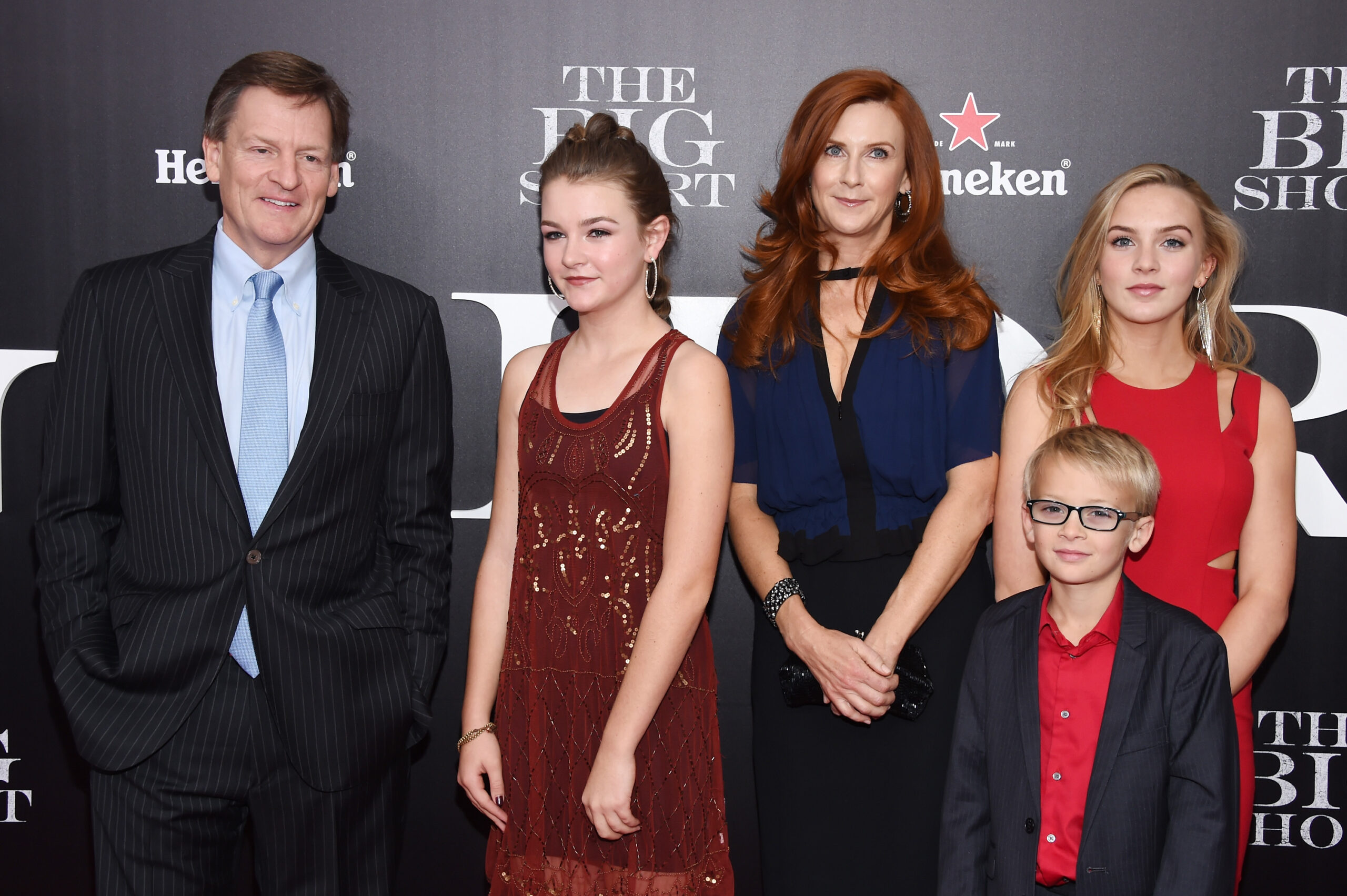Whatever Happened To Tabitha Soren, MTV’s News Superstar?

In the 1990s, when Tabitha Soren talked, millions listened. As a correspondent for MTV News, Soren covered the latest in music, pop culture and politics, interviewing everyone from President Bill Clinton to Tupac Shakur to Mariah Carey, with hard-hitting questions that sometimes ruffled a few feathers.
Soren’s authenticity and knowledge were undeniable. And for a whole generation of MTV watchers, Tabitha, along with on-air correspondents Kurt Loder and John Norris, became one of the most trusted voices in news.
But where is she today?

MTV/courtesy Everett Collection
“I wasn’t thinking about changing the culture or trying to get more people to vote or being a star or any of that stuff,” said Soren on an episode of 7×7 Bay Area: People Will Talk in 2019. “I just wanted to learn how to tell a good story.”
Soren grew up as a military brat, moving from base to base with each new deployment. That meant that she was “constantly the new kid in school,” which helped her develop a new skill. “I know how to talk to strangers,” she said on People Will Talk. “As a result, I know how to get information out of them.”
Funnily enough, she first graced the MTV airwaves long before joining the news team; in 1986, when she was a student at NYU, she worked as a background actor in a video for a band managed by her classmate, Rick Rubin — “(You Gotta) Fight For Your Right (to Party),” the top 10 Beastie Boys hit. “We were going to go out for dinner or something afterward,” she recalled to Grammy.com. “I didn’t really know the Beastie Boys directly, but I ended up in their video anyway. They weren’t very picky at that point.” Soren, with dyed-blonde hair, can briefly be seen in the crowd shot at the end of the video.
Her work won the Peabody Award for Excellence in Journalism in 1993 for her coverage of the 1992 presidential campaigns of Bill Clinton and George H.W. Bush. She eventually left MTV in 1998, but after working at other news networks like ABC and NBC, she decided she needed a career change.

MTV/Courtesy Everett Collection
“What distanced me from wanting to continue in journalism was actually how mainstream I was expected to be the more successful I became,” she said on People Will Talk. “For example, if I’m on NBC Nightly News, they’re hiring me because they want younger people to watch, but their audience is 60 years old or so, and somehow I’m supposed to do a two-minute report that appeals to both of those segments in the population, which means everything really gets watered down.”
In 1997, Soren married writer Michael Lewis, having met him on the 1996 presidential campaign trail, according to Berkeleyside. They moved to Berkeley in 1999, where they taught at the University of California. They started a family, welcoming three children.
(Sadly, their second child, Dixie, was killed in a head-on collision in 2021.)
Lewis experienced fame in the 2000s with books Moneyball: The Art of Winning an Unfair Game, The Blind Side: Evolution of a Game, and The Big Short: Inside the Doomsday Machine. All three books have been adapted into films.

Michael Lewis, Dixie Lewis, Tabitha Soren, Walker Jack Lewis, and Quinn Tallulah Lewis in 2015. Dimitrios Kambouris/Getty Images
While her husband’s star has risen, she’s quietly forged her own path, becoming a celebrated photographer.
“I ended up taking a lot of art history classes and photography classes at Stanford [in 1997],” said Soren on People Will Talk, adding that “feeling happy and feeling passionate about something overwhelmed my ambition…and that’s the way I felt about photography.”
“When you are looking at the pictures, people come up with their own (story),” Soren told Berkelyside. “If I can visualize some sort of collective narrative or present something about the human condition that is universal, people supply their own stories. That is an interesting way for an audience to become part of a photograph.”
Soren continues to exhibit her works. You can read about them on her website.

Where Are They Now? Music Legends
July/August 2025
They rocked and rolled us, they shredded, they head-slammed and they crooned, but what happened to them and where are they now?
Buy This Issue
